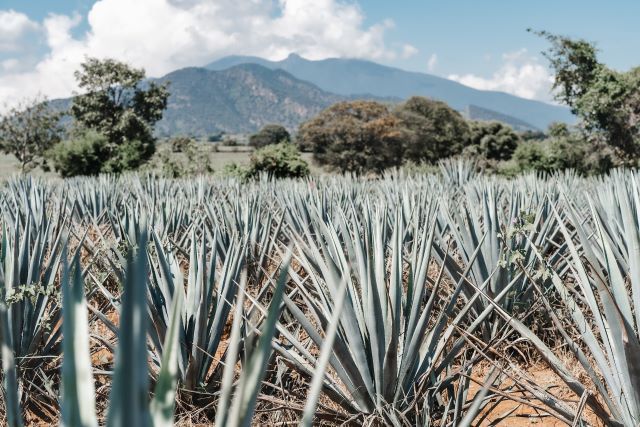Agave: The Plant That Keeps on Giving (and Drinking!)
Discover the fascinating history and diverse uses of agave, a plant that has played a significant role in Mexican culture and economy. From its use in creating mezcal and pulque to its sustainability and versatility, explore the many gifts of this remarkable plant.





